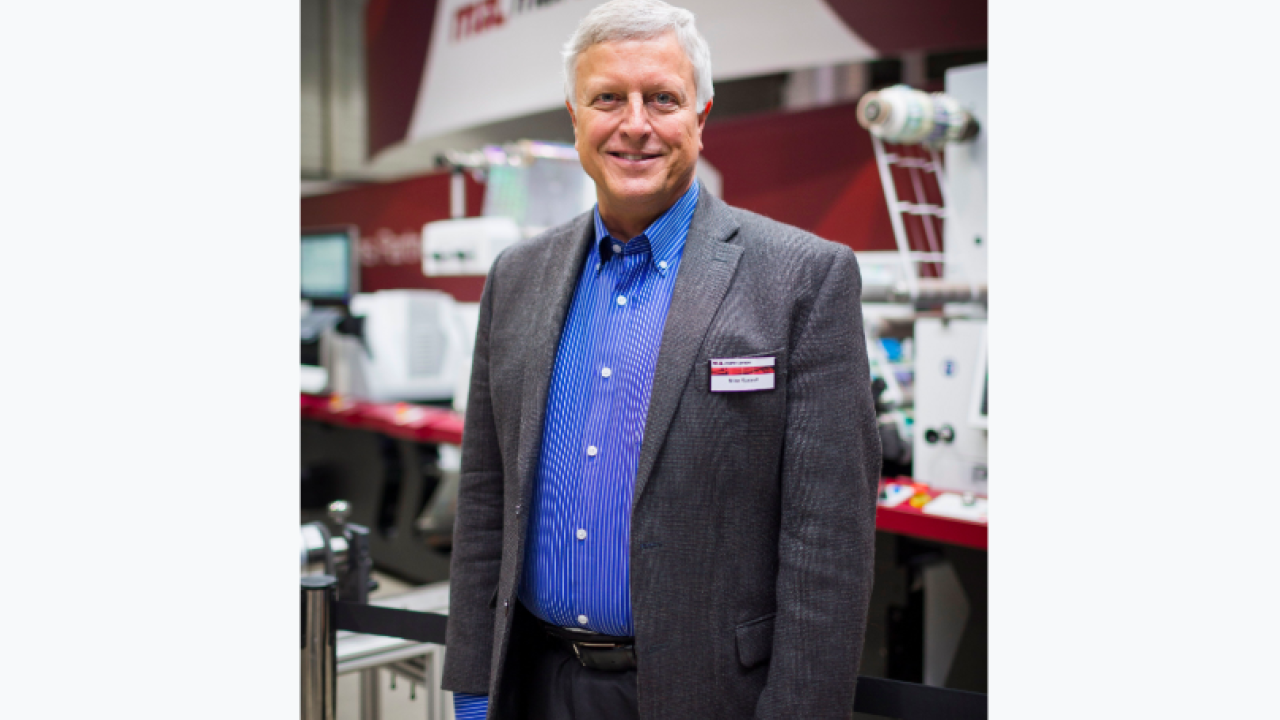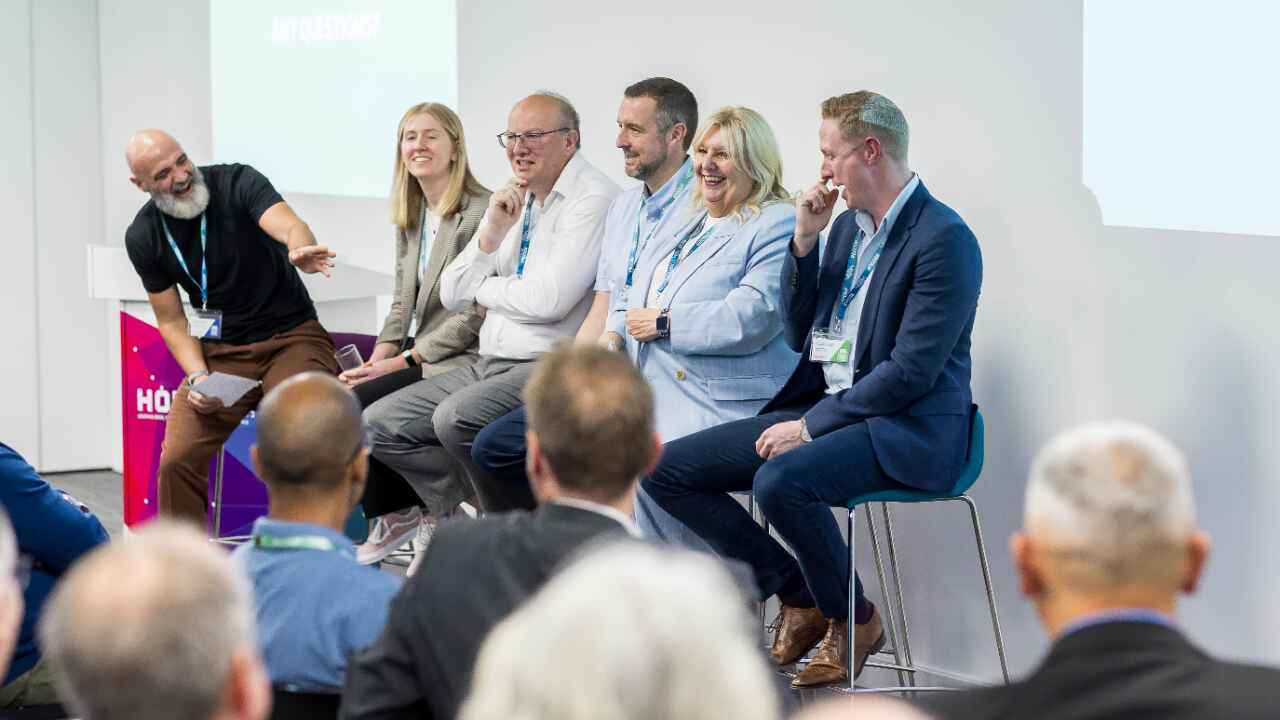The US and Europe – similar but so different

What would we see if we went back to 1978 and looked at the label industry in the US and Europe?
Let me start with the US. There were a lot of older Mark Andy 1-, 2-, or 3-color presses running as label companies were being established. Modern equipment was dominated by Mark Andy and Webtron. The new Mark Andy presses were either CI, which would be the 810 style 3-color, or they were multicolor (usually 4 or 6) in-line presses such as the 2100 and the 4110, both of which, along with the 810, were 7in (178mm) and were introduced in the early 1970s. The predominant Webtron press at that time was the model 650 and it had a web width of 6.5in (163mm). These presses were all flexo with steel engraved anilox rolls and were in the process of switching from solvent-based to water-based inks. They mainly ran line and copy work, as process work was predominantly sheet-fed, cut and stack, and glue-applied.
When I crossed the Atlantic Ocean to Europe, I would see mostly letterpress presses produced by Nilpeter and Gallus. The majority of letterpress had been flatbed, then semi-rotary, and the transition to full rotary was starting. Most had been using paste-type offset inks that were now transitioning to UV cured. Flexo was starting to come about and many European printers were buying US-made flexo presses from Mark Andy, Webtron, Allied Gear and Propheteer. As in the US, high quality offset printed sheet-fed, cut and stack, glue-applied labels dominated, however letterpress was now producing high quality labels.
Major trends
Now that we have a starting point, let’s look at the decades and the major trends since then.
The 1980s in the US was an exciting time, as we saw high quality water-based inks, laser engraved ceramic anilox rolls, new pre-press and photopolymer plates all come together and result in the first high-quality process flexo printing being produced by a handful of elite US label printers. US Label companies were now using Mark Andy, Webtron, Mecanabec (Aquaflex), Allied Gear, Propheteer, Comco and Rotopress label presses. The 1980s also saw a brief interest in letterpress as some printers were buying Gallus, Nilpeter and Kopack full rotary letterpress machines. The 1980s also saw label printers move towards 16in (410mm), owing to the high volume of EDP forms presses being used by companies in their centralized computer forms department.
In Europe we would be seeing the domination by Gallus and Nilpeter of the rotary letterpress market and they expanded their reach into eastern Europe. On the flexo side, Gallus and Nilpeter were both making narrow web flexo presses, but did not have a large presence. The EDP forms business in Europe was also to a lesser extent buying US-made equipment that was specializing in this market.
The early 1990s brought about a significant advance in flexo printing with the advent of UV flexo. At first it saw slow growth as the inks took a while to develop and the UV lamps at the time were a challenge that the press manufacturers endured as they sought out reliable quality UV suppliers. In the US, most label printers had already mastered the art of high-quality water-based flexo, so the transition to UV was easy. In Europe, the transition was from rotary letterpress to UV flexo. Another milestone in the 1990s was the beginning of digital printing.
The early 2000s were the days of specialized multi-substrate presses with platforms and process interchangeability. This was followed by servo motors replacing gearboxes and all of the controls that have evolved as a result.
I believe that as UV flexo matured, the differences in label printers in the US and Europe reduced, as they are all striving for similar results. Today’s customers want a machine to produce high quality labels, at an affordable price, and be of a design that anyone can be taught to operate.
As I sign off from Mark Andy and the narrow web industry, I predict that the best answer will most likely continue to be a combination of flexo and digital, at least for the foreseeable future. But with the pace of progress, who can tell? The narrow web market has always been at the forefront of technology and many techniques now commonplace in our industry were pioneered by companies like Mark Andy, Nilpeter and Gallus. I have no doubt that the next 40 years will see even more significant innovation.
I wish Labels & Labeling a very happy 40th anniversary and thank them for the support they have given our industry over the years – it has been great fun.
Stay up to date
Subscribe to the free Label News newsletter and receive the latest content every week. We'll never share your email address.

